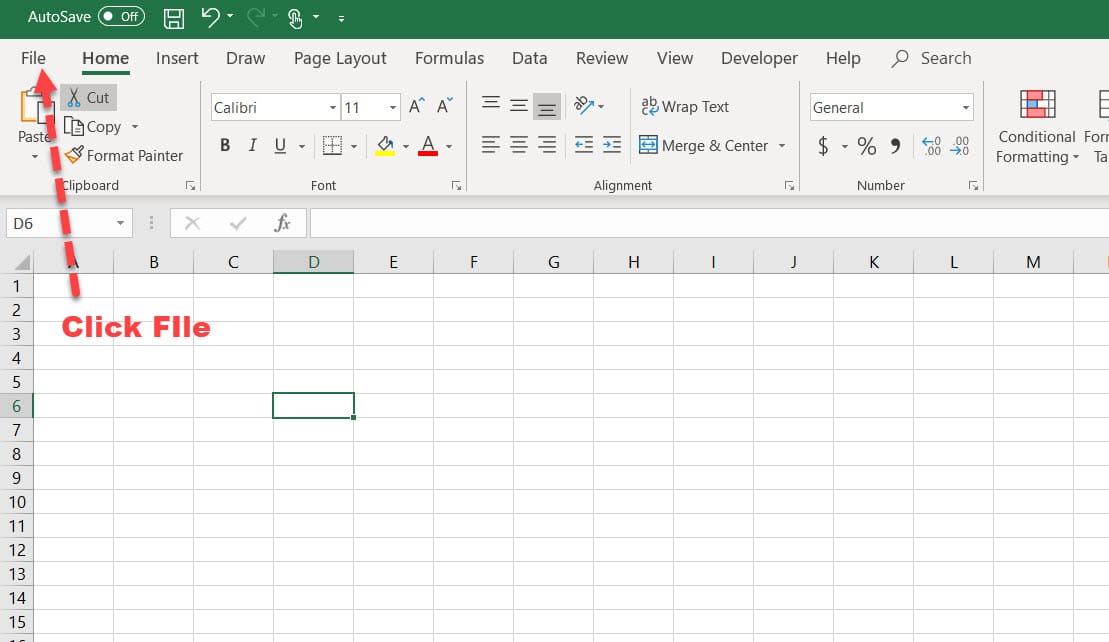How to Keep an Excel Sheet Protected on Closure

Managing sensitive data requires vigilant security measures, particularly in dynamic environments like spreadsheets. In Excel, safeguarding your sheet upon closure not only protects your work from unauthorized access but also maintains data integrity. Here's how to ensure your Excel sheet remains protected when you're not actively working on it.
Understanding Excel’s Protection Features

Before delving into the specifics of protecting sheets upon closure, it’s beneficial to understand the various protection features Excel offers:
- Workbook Protection: Prevents changes to workbook structure like adding, moving, deleting worksheets.
- Sheet Protection: Limits what users can do in a specific worksheet.
- Cell Locking: Locks specific cells or ranges to prevent editing or viewing content.
- Password Encryption: Encrypts the entire workbook to secure it when it’s closed.
Implementing Workbook-Level Protection

To ensure an entire workbook is protected when closed, follow these steps:
- Open your Excel workbook.
- Click on File > Info > Protect Workbook.
- Choose Encrypt with Password.
- Enter a strong password. Remember, passwords are case-sensitive.
- Confirm the password and click OK.
- Save the workbook to apply the changes.
🔒 Note: Ensure you remember or securely store the password as there is no way to recover it if forgotten.
Sheet-Level Protection

If you’re only interested in protecting one or more sheets within a workbook, do the following:
- Navigate to the sheet you want to protect.
- Go to Review > Protect Sheet.
- Choose the permissions you want to allow (like selecting cells, formatting, etc.).
- Enter a password for unlocking the sheet if desired.
- Confirm the password and click OK.
This method ensures that the sheet remains protected when you close and reopen the workbook.
Combining Workbook and Sheet-Level Protections

For maximum security, combining workbook and sheet-level protections can offer:
- Protection from unauthorized structural changes.
- Limiting data editing to only certain users.
- Preventing accidental or unauthorized data modifications.
Here’s how to do it:
- Apply Workbook Protection as described above.
- Subsequently, protect each sheet you want secured using Protect Sheet from the Review tab.
Using VBA for Automatic Protection on Closure

Visual Basic for Applications (VBA) in Excel allows for more dynamic protections. Here’s a script to automatically protect sheets and workbooks upon closure:
Private Sub Workbook_BeforeClose(Cancel As Boolean) Dim ws As Worksheet' Protect all sheets For Each ws In ThisWorkbook.Sheets If Not ws.ProtectContents Then ws.Protect Password:="YourPassword", AllowFiltering:=True End If Next ws ' Password protect the workbook ThisWorkbook.Protect Password:="YourWorkbookPassword", Structure:=True, Windows:=False
End Sub
This script runs automatically when you close the workbook, protecting every sheet with a password and applying workbook-level protection.
🚨 Note: This code might be disabled by default in some environments. Users might need to enable macros for this to work.
Additional Measures for Enhanced Security

To further enhance your Excel sheet’s security upon closure:
- Version Control: Regularly backup your Excel files to track changes and revert if necessary.
- Read-Only Mode: Mark the Excel workbook as read-only, prompting users to make a copy to edit.
- Limit File Sharing: Control access to the Excel file through network settings or file sharing permissions.
- Regular Audits: Review who has access to sensitive sheets and what changes have been made.
Final Thoughts

Protecting your Excel sheet upon closure is an effective measure to prevent unauthorized access and ensure data integrity. Whether you’re working on a personal project or managing corporate data, these techniques offer robust security tailored to Excel’s dynamic environment. Combining workbook and sheet protections, leveraging VBA, and implementing additional security measures like regular audits can provide comprehensive protection for your data.
Can I protect different sheets in the same workbook with different passwords?

+
Yes, you can set a unique password for each sheet in a workbook using the Protect Sheet feature, allowing different levels of access control per sheet.
What happens if I forget the password I set for sheet or workbook protection?

+
If you forget the password, there’s no direct method to recover it in Excel. However, some third-party tools or professional recovery services might help, or you might need to delete the file and start anew.
Can VBA scripts automatically unprotect and protect my sheets when I open or close the workbook?

+
Yes, you can use VBA’s Workbook_Open event to unprotect sheets when opening the workbook and Workbook_BeforeClose event to reapply protection upon closure.